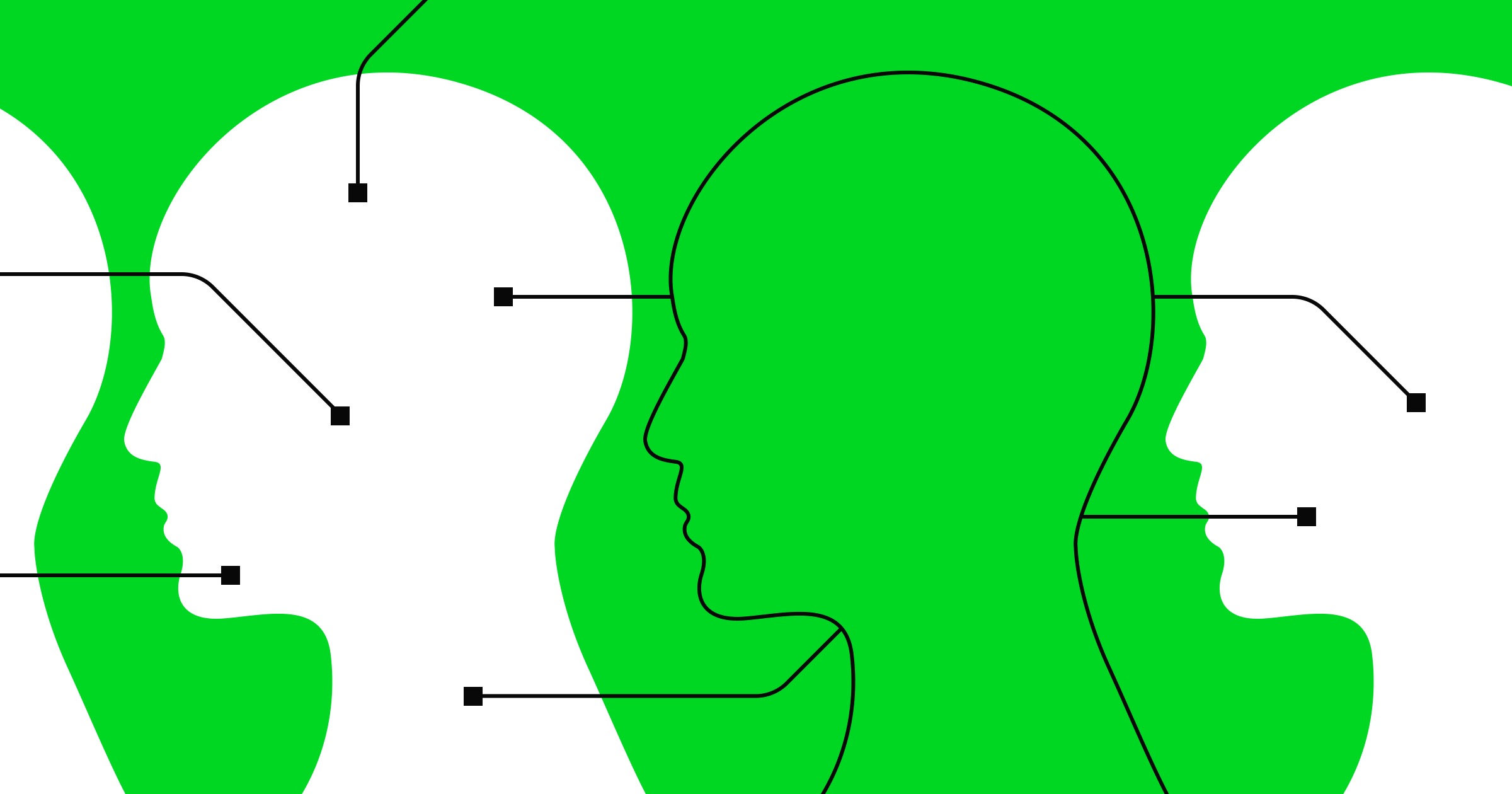You aren’t hallucinating: AI is, quite literally, everywhere.
It produces thousands of local news stories every week, generates digital billboards for Coca-Cola, and, according to a 2023 report from Influencer Marketing Hub, approximately 61% of marketers have used AI in their operations — with 44% of respondents saying they use AI specifically for content production.
And those numbers are probably low. Even marketers who don’t report using AI are using AI, just within their other tools. Most of the major CRMs, marketing automation platforms, project management tools, and website builders now have AI capabilities built-in.
This is because AI models — including large language models (LLMs) like OpenAI’s GPT-4 and text-to-image diffusion models like Stable Diffusion — have made enormous technological advances in the last year. The ability of these models to generate high-quality text, code, and any image imaginable has led to record-breaking adoption of AI-assisted tools. And it’s opened up nearly endless possibilities for marketers.
Beyond text and image generation, marketing teams can use AI tools to synthesize and analyze data, manage SEO processes, create moodboards, and prototype design concepts. In short — the options with AI are limitless.
But AI is not without its downsides. And unless teams adopt a mindful approach to using these new tools, marketers could be risking a very important asset: their authentic, human connections with customers.
Let’s take a closer look at how marketers can adopt AI tools without compromising their brand experience, and what every leader can do to bring an authentic perspective in an AI-generated world.



















The marketer’s website
Our free ebook exclusively for marketers. Discover how no-code eliminates developer bottlenecks and empowers modern marketing teams to truly own the website.
Where brands risk losing their authenticity
When using AI for marketing, it’s important to understand where it can be a highly effective tool, and where it can be a detriment to your brand. Here are a few things to keep in mind when using AI.
Hallucinations: LLMs create human-like conversations by predicting the next logical word in a sentence, based on patterns within its training data. And anyone can interact with these models through chatbots like ChatGPT. But, in the model’s effort to predict what’s next, it might end up making up some wildly inaccurate information. In the AI space, this is known as hallucinating.
There’s no ill intent here — because AI doesn’t have intent — but rather, AI experts say, an eagerness to please. If it doesn’t have the right context or examples to provide, the model will fill in the blanks in order to fulfill your request.
Bland or robotic content: AI tools can write passable content and generate all kinds of images on demand, but most marketing leaders agree they can’t quite match the human touch (at least not yet). As Leo Zakour, co-founder of the digital marketing agency Refokus, writes, “You can tell when ChatGPT writes an article, or when Midjourney creates an image. There’s a blandness to work that hasn’t been honed by a human. No one distinguishable brand experience comes out of AI, at least for now.”
If your brand produces inauthentic content that doesn’t resonate with your audience — really speaking to their needs and addressing their problems — it doesn’t matter how fast you can prompt your way to images, templates, or blog posts. Your consumers are savvy, and they will notice the lack of humanity.
Off-brand experiences: Most companies maintain brand guidelines and train writers, designers, and developers to follow certain standards around how brand experiences should look and feel. But AI makes it relatively simple for anyone, on any team, to create content.
This ease of use increases the chances of colleagues not trained in brand standards unintentionally making content that dilutes your brand's identity over time.
How to mindfully adopt AI tools
These challenges are real, but they don’t need to be deal breakers that keep you from using AI. Here are a few principles to help your team mindfully adopt AI tools — without sacrificing authenticity for the sake of automation.
Always provide a human touch to build human connections
The clearest takeaway for marketers using AI: given the current state of these tools, human oversight is always necessary.
Skilled writers should, at minimum, review and edit any AI-generated copy for accuracy and an authentic voice. And knowledgeable designers should make sure any AI-assisted imagery meets brand and quality standards.
Treat AI as a support for your creatives and strategists — not their replacement
AI tools are just that — tools. You still need skilled practitioners to wield them. Don’t expect AI to replace your creatives and strategists, but to support them as powerful brainstorming and research partners.
Ideally, automation means marketers are spending less time on repetitive tasks, and more time on creative and strategic work. Teams can use AI tools to workshop messaging or develop positioning statements, rapidly create prototypes and iterate on design concepts, and mine large volumes of reviews or qualitative data for insights. Those efficiencies can lead to more value for customers and clients, and a more fulfilling experience for team members who are able to focus on deeper work.
Just make sure that everyone using AI tools has easy access to digestible brand guidelines, and consider including policies around AI to keep everyone on the same page about when and how to deploy AI.
Balancing authenticity and AI
Bottom line: AI tools have enormous potential to help your team move faster while spending more time on strategic work — but also bring the risk of damaging your brand reputation and alienating your audience.
Ultimately, for the time being, it’s up to marketing leaders to use AI responsibly and mindfully — by supporting your team to create human connections through meaningful design and storytelling. With these principles and best practices in mind, your team can achieve the right balance between authenticity and AI.

The future of marketing is now
Thought leaders from Silversmith, Accel and Webflow discuss the current and future impact of artificial intelligence on the marketing landscape









.jpeg)






















